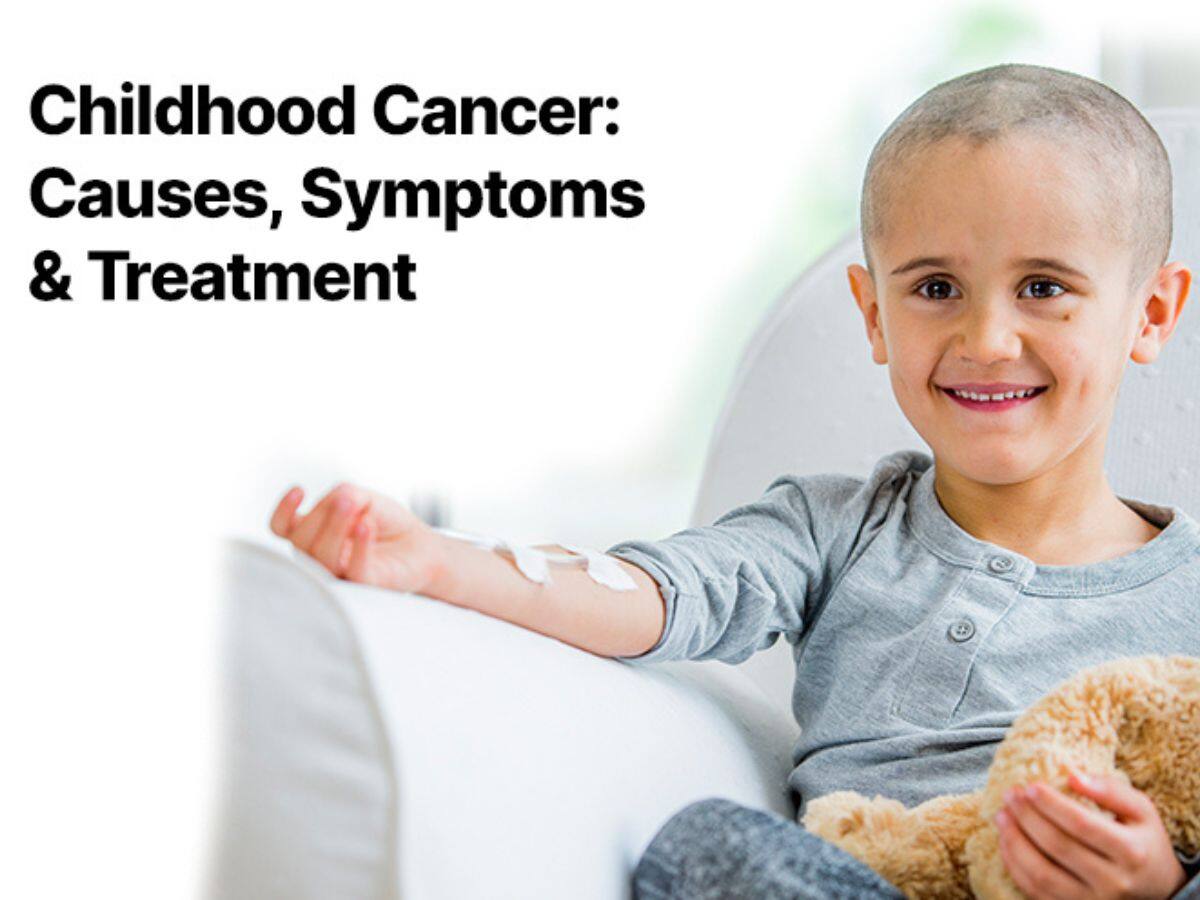Share this @internewscast.com

World Cancer Day 2024: Here are the various types of cancers that can be found in kids and the top 5 signs and symptoms that every parent should know.
The word cancer sounds scary especially when it is associated with children. Cancer throws the entire family and the child out of gear. The incidence of cancer is about 4 lakh children worldwide as per date known to have cancer per year. The common type of cancer seen in children is cancer of the kidney which is Wilms tumor. Besides this, tumors of the liver are called hepatoblastomas, and the tumors of the nervous system in the abdomen are called Neuroblastoma and lymphomas. The commonest cancer found in the child is a blood cancer which is called leukemia and lymphoma. These are the variants of cancer in children.
On World Cancer Day, TheHealthSite.com brings you a close look at one of the most ignored topics – Childhood Cancer. To help us understand the details about pediatric cancer, we have with us Dr Rajeev Redkar, Consultant Paediatric Cancer Surgeon, Lilavati Hospital. Let’s get into the topic now.
How to pick up cancer in children?
For a child who has a fever for a long period then the parents should consult the doctor. If the inability to gain weight, ill health, poor appetite, or less activeness then the parents should be alert and meet the paediatrician or a paediatric surgeon to get a prompt diagnosis of cancer.
Cancer In Kids: The Diagnosis
If there is a lump in the abdomen or chest or swelling in the body, or the child is unable to pass stools then we suspect that there is some major problem with the child, and these children are investigated. Over 99 % of cancers are picked up on investigations such as CT scans, MRI, and sonography.
Cancer In Kids: The Treatment
The majority of childhood cancers are treatable.80 % of cancers are treatable in children and they lead a normal life. For example- when it comes to Wilms tumor, 20-30 years ago, a significant number of children lost their precious lives due to the lack of treatment. Now, the survival rate has improved to 95%. Children can have an improved quality of life. Children will need treatment in the form of surgery to remove the tumor, chemotherapy, radiation therapy, or immunotherapy to relieve the child’s cancer. Even anti-cancer drugs can be administered painlessly to the central veins of a child with cancer.
The Last Word
Timely treatment for pediatric cancer can make a world of difference in the lives of children. Not only does it increase the chances of successful recovery, but it also minimizes the physical and emotional trauma that comes with prolonged illness. Research has shown that early intervention and targeted therapies can significantly improve outcomes for pediatric cancer patients, allowing them to lead healthier and fuller lives post-treatment. Timely treatment reduces the risk of cancer spreading to other parts of the body, which is crucial in improving long-term survival rates. By focusing on early detection and prompt action, doctors can tailor treatment plans to each child’s specific needs, reducing unnecessary side effects often associated with aggressive late-stage interventions. Timely and effective treatments for pediatric cancer not only save lives but also ensure a better quality of life for children fighting this challenging disease.















